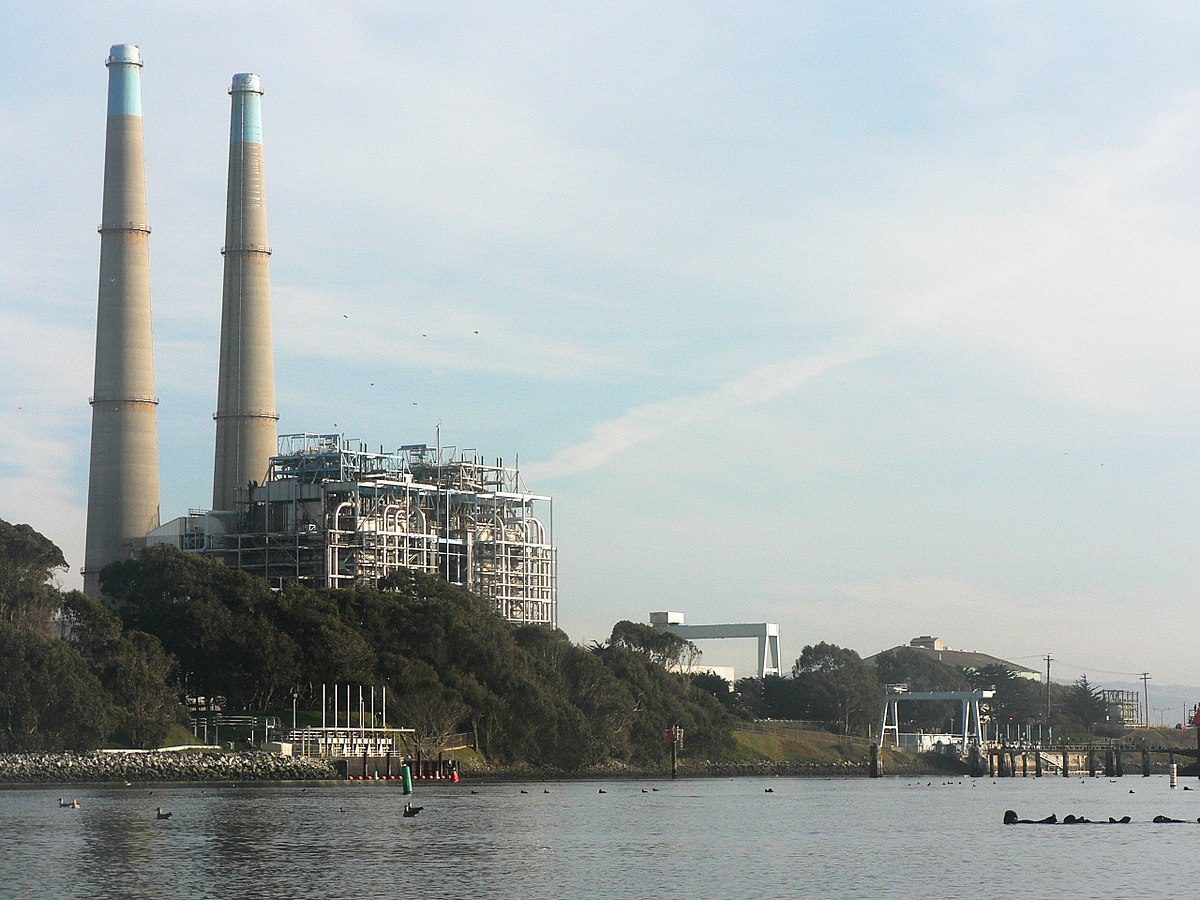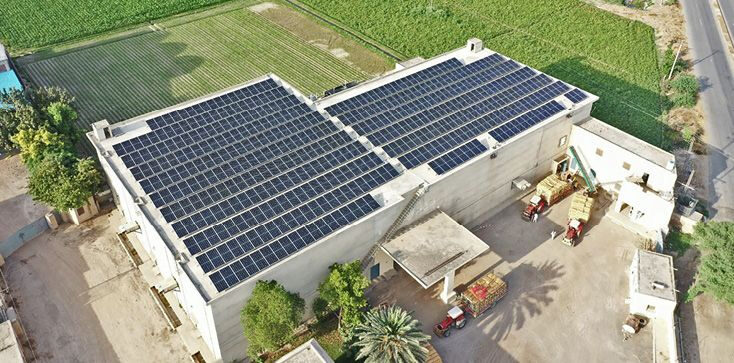From pv magazine 09/2020
So, victory in the economic realm (which is increasingly the case with solar and solar+storage) is no guarantee of market victory if the regulations are still stacked against renewables. In addition to regulatory bias against renewable energy, one of the massive challenges of the energy transition is the need to equitably retire thousands of existing and planned fossil-fuel plants.
U.S. coal
About 85 GW of U.S. coal capacity has been shuttered since peak coal in 2007 – and the retirements have not slowed, even under the coal-sympathetic Trump administration. Actually, the pace seems to have quickened, with 31 GW of coal power retired since the beginning of 2018.
U.S. coal power generation fell by a dramatic 30% in the first six months of 2020, according to the U.S. Energy Information Administration (EIA). While electricity from renewables grew 5% in the first half of the year, the real beneficiary of coal’s fall was natural-gas generation which grew by 9% in the continental United States in the half, according to EIA. Natural gas gained a record share of the U.S. electricity energy mix in July of this year.
EIA said that coal plants are simply “uneconomical in most regions,” because of low-cost renewables, plummeting natural-gas spot prices and investors intently putting their money elsewhere. Nevertheless, about 236 GW of coal capacity is still active in the United States, according to the Rocky Mountain Institute.
Outcompeting gas
The withering of the U.S. coal industry has an air of inevitability, whereas the existing (and planned) U.S. natural gas fleet will be a persistent part of the energy mix for decades to come.
Still, interconnection queue data, especially in the western United States., show new solar+storage projects outcompeting gas plants. California’s interconnection queue included 29 GW of proposed solar+storage plants as of year-end 2019, and western utilities’ queues had another 33 GW lined up. Yet, according to data from Lawrence Berkeley National Laboratory’s report Hybrid power plants: Status of installed and proposed projects, planned gas units totaled only 0.2 GW in California’s queue and 4 GW in all western utilities’ queues.
While the majority of plants proposed in the interconnection queues are not subsequently built, a general trend in the western United States favoring solar+storage over gas units is obvious. The Midwest shows signs of a similar trend, as the region’s interconnection queues (ERCOT, MISO and SPP) had 21 GW of proposed solar+storage plants at year-end 2019 – well above the 13 GW of proposed gas units. Gas is still largely favored in the east, as eastern queues had 59 GW of proposed gas units at year-end 2019 and only 13 GW of proposed solar+storage plants.
An additional finding: solar+storage has 99.8% of the capacity value of a theoretical “perfect generator” in California’s CAISO grid region, according to a study commissioned by California’s three major utilities – easily matching gas.
Socially equitable
Retiring the uneconomic coal units among the nation’s 236 GW of coal capacity (that’s most of them), and replacing them with solar, wind and storage would yield savings of $10 billion per year, according to a recent report (“How to Retire Early: Making Accelerated Coal Phaseout Feasible and Just” by Rocky Mountain Institute and the Sierra Club). Retiring them now, including units that are not yet uneconomic, would save $9 billion per year.
But U.S. utilities cannot strand the assets of more than 1,000 peaker units and 236 GW of coal capacity without a different regulatory and financial structure. The authors of the report recommend federal involvement in financing this transition, and using the savings not only to lower customers’ electric bills, but to fund transition assistance and retraining for affected workers and communities. The authors recommend a federal program of loans or loan guarantees to refinance uneconomic coal plants, enabling plant owners to recoup their investment as they shift to renewables.
Some measure of systemic environmental racism can be reversed by replacing high-emission peaker plants, which tend to be located in areas with large proportions of minority and low-income residents, with energy storage.
Gas bias
“Many utilities are in a rush to acquire new natural gas-fired capacity and clinging onto coal-fired generation” according to a report from policy advisers Energy Innovation. After examining ten utility procurements, they found “utility preferences for gas-fueled generation” that “may be at odds with economics but are not surprising.”
Utilities owned and operated about 1,900 gas units as of 2018, the authors found, and utilities’ preference for gas-fueled plants may be related to biases towards over-procurement of capacity and self-built generation, and “an organizational culture and rate design that favor gas-fueled generation.”
Also, “while utilities have generally acknowledged the value of grid services,” they said, “those values may not be recognized for new technologies in the same way that they are taken for granted from gas-fueled generation.”
Project examples
In May, utility Southern California Edison (SCE) signed seven contracts for a total of 770 MW of lithium-ion battery-based energy storage – to replace four large coastal once-through cooling plants. The award recipients are Southern Power, NextEra, and TerraGen.
It’s one of the nation’s largest energy storage procurements and an indication of utility acceptance of massive-scale solar+battery storage as a replacement for fossil fuel generation. Late last year, the California Public Utilities Commission (CPUC) urged California’s power providers and community choice aggregators to procure 3.3 GW of storage and PV+storage systems to solve grid congestion and to compensate for planned gas and coal plant retirements.
Remarkably, SCE wants these resources online by August 2021 – an aggressive timeline unthinkable for any fossil fuel project this size. Most of the winning storage projects are co-located with nearby solar plants to charge the battery over the term of the contract, help integrate renewable energy into the grid, and furnish resource adequacy during peak demand.
An expansion to another enormous storage project in California was approved in August that could bring the Vistra Energy-backed battery for the PG&E-backed Elkhorn Battery Storage Facility in Moss Landing to a spectacularly sized 1,500 MW/6,000 MWh, five times the original capacity of 300 MW. The batteries are substituting for natural gas and somewhat poetically, are situated within an old gas power plant turbine building.
In an era of plunging battery and PV costs, these awards point to the dawn of dispatchable solar and wind as cheaper and cleaner than coal and gas.
Last word
“If you’re not building the future, you’re continuing to invest in old technology,” said Leah Stokes, a professor in the Department of Environmental Studies at University of California, Santa Barbara. “And that will have a cost at some point when you use billions to invest in coal plants, instead of building new wind, solar and storage that would create longer life value.”
This content is protected by copyright and may not be reused. If you want to cooperate with us and would like to reuse some of our content, please contact: editors@pv-magazine.com.




If you are going to write about US energy infrastructure. i suggest you bookmark the monthly 3-year projections from FERC: https://www.ferc.gov/industries-data/resources/staff-reports-and-papers , click “energy infrastructure” tab, then select latest pdf update. It’s depressing but unsurprising that FERC does not trust EIA data and gets its own. Companies are much more likely to tell the truth to a powerful regulator than a pure statistics shop.
FERC tables consistently show planned coal retirements that roughly match (allowing for differences in capacity factors) the total of “highly probable” new wind and solar capacity. In turn, IIRC these track SEIA and AWEA numbers on new utility solar and wind farms under construction or with signed PPAs etc. . What’s more interesting is that FERC also report 150GW of additional “planned” wind and solar. As you say a lot of this will not get built, but if only half is, the rate of coal closures will have to double.